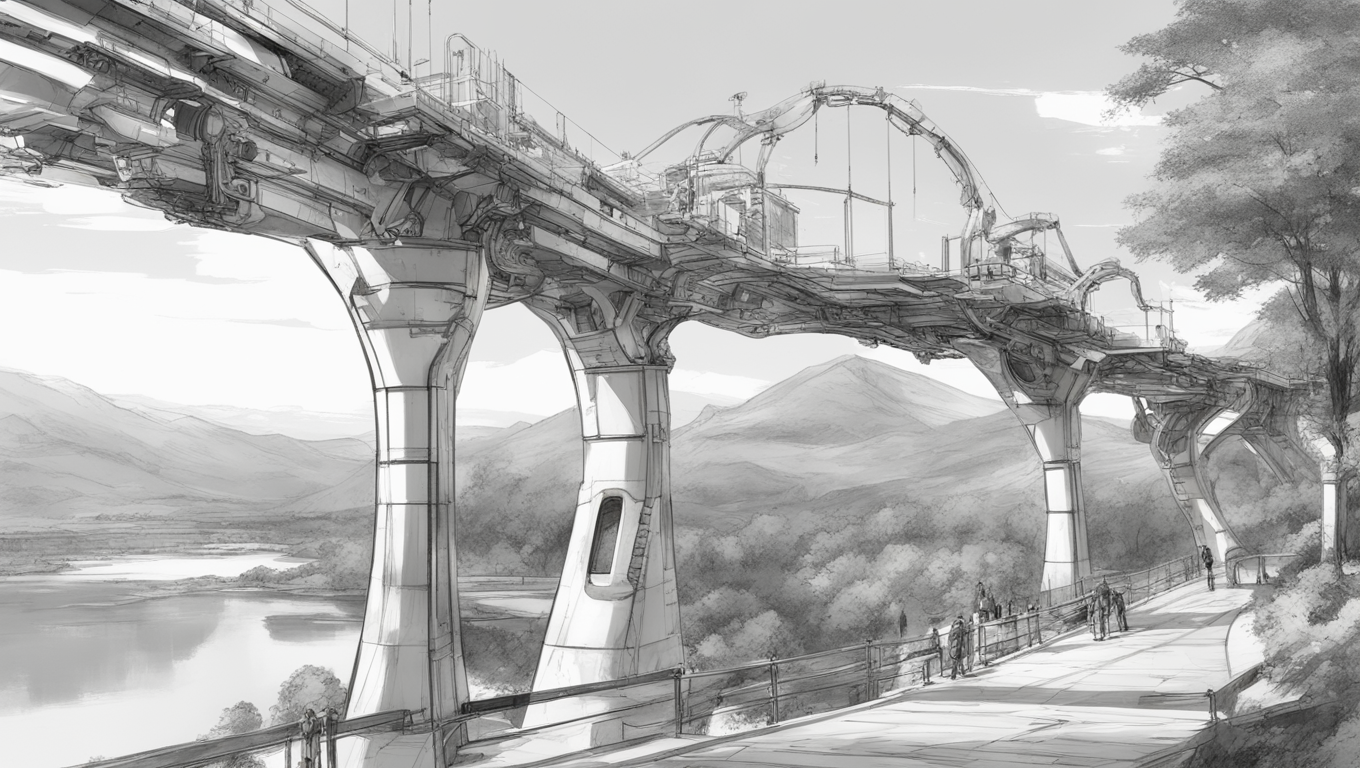If you were to imagine a doomsday scenario for the global construction industry, it might closely resemble the current state of affairs. The past four years have been filled with challenges - pandemic lockdowns, wars, supply chain disruptions, inflation, labor shortages, and a cost-of-living crisis. These factors have taken a toll on the Scottish construction industry as well, with activity falling for the fourth consecutive quarter in Q3 2023. Almost every sub-sector of construction has experienced a decline in workloads, except for infrastructure, which has remained relatively flat.
While there have been some encouraging signs, such as an easing in labor shortages and an increase in completed projects, the industry is still facing significant obstacles. Despite these challenges, the construction industry continues to play a vital role in the Scottish economy, with an output of £13.3 billion last year.
Infrastructure projects have been a bright spot in the industry, providing stability during these uncertain times. In the north-east of Scotland, several major infrastructure projects have recently been completed. These include the Gairnshiel Jubilee Bridge, which was built to preserve a historic crossing and improve traffic flow, and the Stonehaven flood protection scheme, which successfully protected hundreds of homes and businesses from flooding.
Traditional infrastructure projects like these are crucial for keeping the construction industry afloat. However, the industry is also looking to the future and embracing innovative green projects. One such example is the Kintore Hydrogen project, which, once operational, will be the largest green hydrogen project in Europe. These types of projects have the potential to usher in a new era of economic growth and prosperity for the north-east of Scotland.
The construction industry in the region is well-positioned to lead the way in the green energy revolution, thanks to its technical skills and proximity to the North Sea. The transition from oil and gas to green energy offers opportunities for the conversion of existing infrastructure and the construction of new, high-tech facilities. It has the potential to create a renaissance for the region, similar to the boom experienced in the 1970s.
The north-east of Scotland is already making waves in the construction industry, with companies like Stats Group and EnerMech receiving prestigious awards for their contributions. According to data provider Glenigan, the top 10 construction companies in Aberdeen have won £128 million worth of work in the past year.
But as the industry looks to the future, it must also prepare for the AI revolution that is on the horizon. Technologies like ChatGPT, a large language model software application, have the potential to transform the industry. These applications can mimic human conversation and perform tasks such as detecting project delays and risks, fast prototyping of design options, and offering predictive tools and recovery plans. This new wave of technology has the potential to revolutionize the industry, taking it far beyond the days of hods and bricks.
As the order list continues to grow in the north-east of Scotland, the region is well-positioned to be at the forefront of this AI revolution. With its strong track record in infrastructure projects and a willingness to embrace innovation, the construction industry in the area has the potential to thrive in the face of challenges and seize new opportunities.
In conclusion, the Scottish construction industry is facing significant challenges, but it also has the potential to undergo a transformative shift. With major infrastructure projects and a focus on green energy, the industry can play a crucial role in the economic growth of the north-east of Scotland. Moreover, the adoption of AI technology has the potential to revolutionize the way construction projects are planned and executed. The industry must embrace these changes and continue to adapt in order to thrive in an ever-evolving world.





Use the share button below if you liked it.